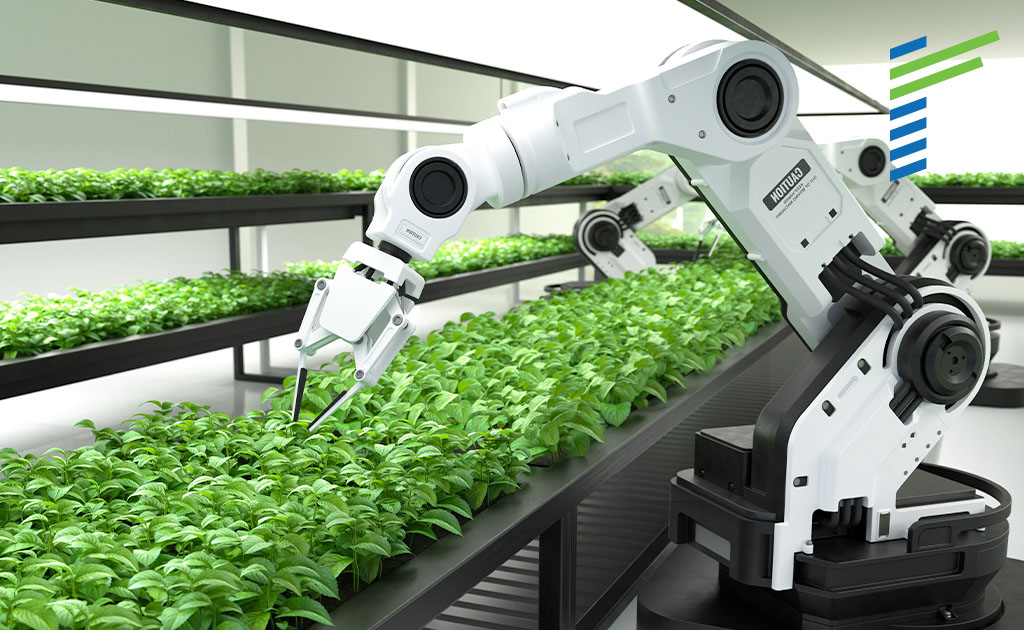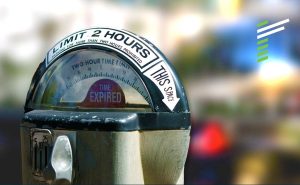The pressure placed on global agriculture and food supply chains due to the COVID-19 pandemic has led to bottlenecks in food processing and agricultural production. The implementation of measures to curb the spread of the virus led to a dramatic economic contraction affecting farmers, workers, and consumers around the world. As a result, global food prices have risen.
Now, the industry is looking at a steep rebound as nations around the world offer support to the agriculture sector to shorten the supply chain and improve the food supply. The pandemic-induced disruption has also brought a renewed focus on food safety across nations and has sped up investments across the sector.
The key areas of change
The industry had already been seeing investments in digitisation and sustainability of food production prior to the pandemic. The major trends driving investments include:
Farm analytics
Farm analytics systems involve controlling irrigation and nutrient distribution equipment based on connected sensor data and crop imagery analysis. With smart monitoring, farmers can accurately identify and predict deficiencies by integrating weather and soil data with nutrient and irrigation systems to improve resource usage and boost yields.
Sensors can also deliver imagery from remote corners of fields to assist farmers in making timely decisions and getting early warnings of problems like disease or pests. By monitoring crops for quality characteristics like colour and sugar content, farmers can optimise the harvesting window and maximise yield. .
Automation
The COVID-19 pandemic forced many companies to address a host of labour issues such as workplace safety, labour shortages and rising costs. While there were investments in automation before, the pandemic accelerated the trend. For example, the European Union invested $9.4 million to replace dangerous tasks with automation and is also starting a programme to enhance old farming machines with autonomous systems. The possibilities in automation are exciting: Robot-assisted irrigation systems equipped with Internet of Things (IoT) sensors can monitor moisture levels and send real-time analytics, and aid in conserving water resources.
Farm robotics
With improvements being made in robotics, their viability is increasing across the agricultural value chain from planting to harvesting. Evidence to this can be gauged from John Deere’s $305 million acquisition of Blue River Technologies in 2017. Blue River is a start-up which makes robots capable of identifying unwanted plants and spraying them with high-precision herbicide, reducing input costs and increasing efficiency. Farms can be automated with robots used for seeding or drones to water plants in the field. A Seattle company, Carbon Robotics, invented a robot that can autonomously drive through fields to remove weeds. Fully autonomous harvesting machines may still be a long way off, but inroads are being made into an area of farming heavily reliant on human dexterity and input. Several apple-picking robots and nursery machines have been invented by a number of companies.
Farmer information systems
Cooperatives and multinational trading organisations have been stepping up their relations with farmers and producers, from merely having a buyer-seller relationship to integrating them into their supply chain. This includes increasing traceability as well as developing farm-level intelligence systems to track crop yield at individual partner level. It also allows them to provide agronomic support to farmers, thus having a better forecast of supply of harvested crop.
Traceability
Food traceability using blockchain technology is quickly gaining momentum. Blockchain provides the ability to instantaneously trace the movement of a food product and its ingredients through all the steps in the supply chain. This reduces instances of food safety hazards at each stage of the supply chain and speeds up the ability to quickly rectify or contain contamination or outbreaks. It also provides consumers with the ability to trace their food from farm to fork, bolstering the credibility of the food product. The technology has already gone through pilot projects with companies such as Walmart and Carrefour and is now being implemented by HUL and Nestle as well.
Building the foundation for change
The agriculture and farming industry is poised for increased digital transformation. These continued investments will help improve food safety and address multiple bottlenecks within the food supply chain whilst reducing costs.
Digitisation can help the agriculture and farming industry build resilience against an uncertain marketplace, as well as the manage the reality of a global food supply chain forever changed by COVID-19.
However, getting ahead — and staying ahead — of the competition can only happen if digital transformation is implemented successfully and is aligned with the organisation’s business needs and goals. That can only happen with an effective transformation roadmap.
This also involves leadership thoroughly defining their overall strategy and implementation plan for the organisation to ensure that the digital transformation will enable them to meet their business needs, and to embed a culture of continuous improvement in their organisation so that they will be able to sustain the change.










